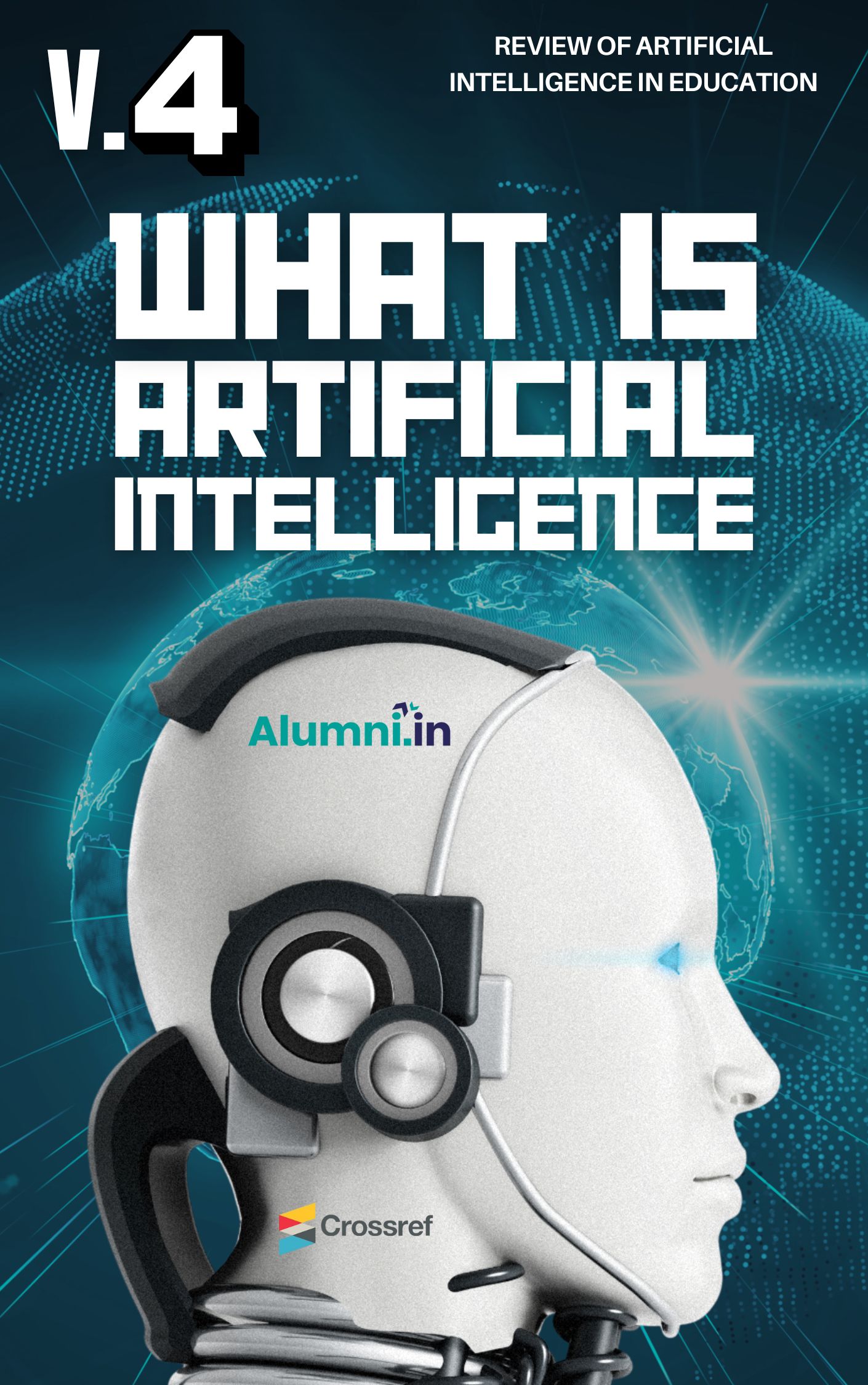Abstract
Objective: The objective of this research paper is to explore the potential of artificial intelligence (AI) in enhancing and fortifying cybersecurity measures. In light of the increasing cyber threats and the limitations of traditional computer security systems, the paper aims to shed light on the concept of AI and its components. The central goal is to demonstrate how AI can be leveraged to improve cybersecurity, focusing on key areas such as machine learning, data mining, in-depth learning, and expert programs.
Method: This research paper utilizes a literature review approach to investigate the intersection of artificial intelligence and cybersecurity. It involves analyzing existing scholarly works and studies to understand the challenges posed by evolving cyber threats and the limitations of conventional security systems. The paper identifies various components of AI that have the potential to enhance cybersecurity measures and delineates their applicability in the digital landscape.
Results: The analysis of past literature emphasizes the growing significance of adopting artificial intelligence techniques to bolster cybersecurity practices. The results underscore the inadequacies of traditional security systems in predicting and countering the ever-evolving tactics of cyber attackers and terrorists. Through an examination of various AI components, including machine learning, data mining, in-depth learning, and expert programs, the paper demonstrates the potential benefits that these technologies can offer to the field of cybersecurity.
Conclusions: In conclusion, this research paper highlights the escalating threats to cybersecurity in the face of rapid technological advancement. The imperative of addressing these challenges through AI becomes evident as traditional security systems prove insufficient. By harnessing the power of artificial intelligence techniques such as machine learning, data mining, in-depth learning, and expert programs, institutions can significantly enhance their cybersecurity capabilities. The paper underscores the need for a paradigm shift towards AI-driven cybersecurity strategies to effectively predict, prevent, and counteract cyber threats in the digital age.
References
Atlam, H., Walters, R., & Wills, G. (2018). Intelligence of Things: Opportunities & Challenges. [ebook] the University of Southampton, p.4. Available at: https://www.researchgate.net/publication/325295863Intellgence_of_Things_Opportunities_Challenges.
Big data, artificial intelligence, machine learning, and data protection. (2017). 2nd ed. [ebook] Information Commissioner's Office. Available at: https://ico.org.uk/media/fororganisations/documents/2013559/big-data-ai-ml-and-dataprotection.pdf.
Internet society.org. (2017). Artificial Intelligence and Machine Learning: Policy Paper. [online] Available at: https://www.internetsociety.org/wp-content/uploads/2017/08/ISOC-AI-Policy-Paper_2017-04-27_0.pdf.
Khandelwal, P., & Sudhir K. (2018). Introduction to Artificial Intelligence and its Applications. On Emerging Trends in Information Technology (NCETIT’2018) with the theme- ‘The Changing Landscape of Cyber Security: Challenges: 94.
Mathworks.com. (2019). What Is Deep Learning? | How It Works, Techniques & Applications [online] available at https://www.mathworks.com/discovery/deep-learning.html.
Kamtam, A., Kamar, A., & Patkar, U. C. (2016). Artificial Intelligence approaches in Cyber Security. International Journal on Recent and Innovation Trends in Computing and Communication, 4(4), 05-09.
Intelligence, S. (2019). IBM QRadar Security Intelligence. [online] Ibm.com. Available at: https://www.ibm.com/security/security-intelligence/qradar.
IBM Security. (2019). Cost of a Data Breach Report| IBM Security. [online] Available at: https://databreachcalculator.mybluemix.net/executivesummary.
Norm Shield Cyber Risk Scorecard. (2019). Cyber Security with Artificial Intelligence in 10 Questions | Norm Shield Cyber Risk Scorecard. [online] Available at: https://www.normshield.com/cyber-security-with-artificialintelligence-in-10-question/.
Käser, T., Schwartz, D. L. (2020). Modeling and Analyzing Inquiry Strategies in Open-Ended Learning Environments. Int J Artif Intell Educ, 30(3), 504–535. https://doi.org/10.1007/s40593-020-00199-y
Kaur, G., Gujrati, R., & Uygun, H. (2023). How does AI fit into the Management of Human Resources?. Review of Artificial Intelligence in Education, 4(00), e04. https://doi.org/10.37497/rev.artif.intell.education.v4i00.4
Silva, A. de O., & Janes, D. dos S. (2023). Challenges And Opportunities of Artificial Intelligence in Education in A Global Context. Review of Artificial Intelligence in Education, 4(00), e01. https://doi.org/10.37497/rev.artif.intell.education.v4i00.1
Silva, A. de O., & Janes, D. dos S. (2020). Exploring the Role of Artificial Intelligence in Education: A Comprehensive Perspective. Review of Artificial Intelligence in Education, 1(00), e05. https://doi.org/10.37497/rev.artif.intell.education.v1i00.5
Silva, A. de O., & Janes, D. dos S. (2021). The Emergence of ChatGPT and its Implications for Education and Academic Research in the 21st Century. Review of Artificial Intelligence in Education, 2(00), e06. https://doi.org/10.37497/rev.artif.intell.education.v2i00.6
Sullivan, D. (2016). FAQ: All about the Google RankBrain algorithm - Search Engine Land. [online] Search Engine Land. Available at: https://searchengineland.com/faq-all
Tambuskar, S. (2022). Challenges and Benefits of 7 ways Artificial Intelligence in Education Sector. Review of Artificial Intelligence in Education, 3(00), e03. https://doi.org/10.37497/rev.artif.intell.education.v3i00.3
Taub, M., Azevedo, R. (2019). How Does Prior Knowledge Influence Eye Fixations and Sequences of Cognitive and Metacognitive SRL Processes during Learning with an Intelligent Tutoring System?. Int J Artif Intell Educ, 29(1), 1–28. https://doi.org/10.1007/s40593-018-0165-4
Zhang, C. (2022). Current Status and Outlook of Higher Education Digital Transformation in China. Review of Artificial Intelligence in Education, 3(00), e02. https://doi.org/10.37497/rev.artif.intell.education.v3i00.2
Weston-Sementelli, J.L., Allen, L.K., & McNamara, D.S. (2018). Comprehension and Writing Strategy Training Improves Performance on Content-Specific Source-Based Writing Tasks. Int J Artif Intell Educ, 28(1), 106–137. https://doi.org/10.1007/s40593-016-0127-7

This work is licensed under a Creative Commons Attribution 4.0 International License.






